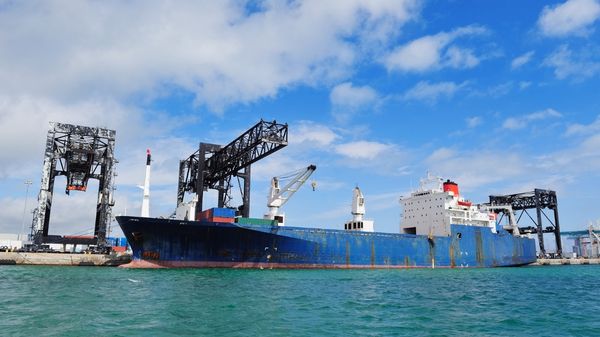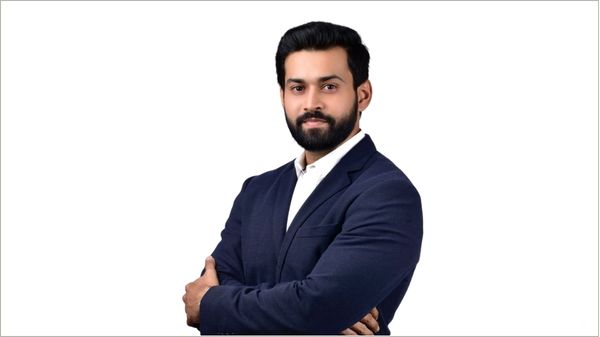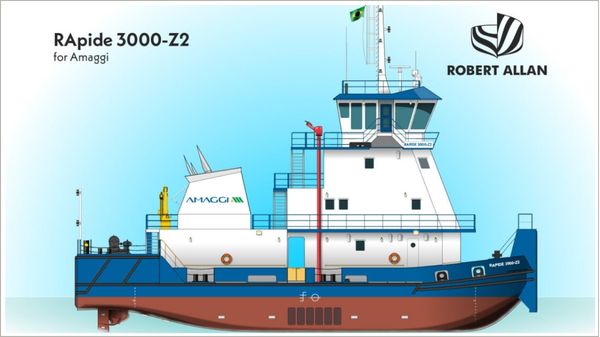

|
LNG-fuelled ships account for 79% of alternative fuel orders in 2025, SEA-LNG reports
Industry coalition highlights decade of progress and over $150bn investment in methane-based marine fuels. |
|
|
|
||

|
Maritime piracy incidents rise 18% in 2025, Singapore Straits accounts for majority
ICC International Maritime Bureau reports 137 incidents globally, with violence against crew continuing. |
|
|
|
||

|
Biodiesel cuts black carbon emissions by up to 81% in shipping trial
Project CLEANSHIP submits real-world sailing data to IMO showing biodiesel's climate benefits for shipping. |
|
|
|
||

|
Petrobras signs renewable bunker fuel deal with Odfjell for Brazil-Norway green corridor
Brazilian state oil company to supply up to 12,000 tonnes of B24 blend in 2026. |
|
|
|
||

|
Singapore ammonia ship-to-ship bunkering deemed feasible with safety measures, says GCMD
New report identifies operational risks and safety zones for ammonia transfers in Singapore's port waters. |
|
|
|
||

|
Jiangnan Shipyard secures orders for 16 vessels across three deals in January
Chinese yard signs contracts for ammonia carriers, LNG carriers, and container ships with EPS and Cosco. |
|
|
|
||

|
Flex Commodities hires Paras Rastogi as marine fuels trader
Dubai-based trader adds bunker specialist with experience in trading, operations, and international markets. |
|
|
|
||

|
Maritime Technologies Forum to host webinar on methanol dual-fuel ship inspection guidelines
MTF webinar on 5 February will present recommendations from recently published safety inspection report. |
|
|
|
||

|
Steel cutting begins on 298,000-dwt LNG dual-fuel VLCC
Chinese yard commences construction on sixth vessel in series for Andes Tankers II with DNV class oversight. |
|
|
|
||

|
Robert Allan completes pushboat design for Hermasa with biodiesel capability
RApide 3000-Z2 vessels designed for Amazon grain transport with B100 biodiesel fuel option. |
|
|
|
||
| Scrubber technology for Finlandia Seaways [News & Insights] |
| DFDS chooses fuel-saving solutions [News & Insights] |
| DFDS orders exhaust gas cleaning systems [News & Insights] |
| DFDS crew save fuel with operational tweaks [News & Insights] |
| DFDS Tor Line invests in scrubber system [News & Insights] |